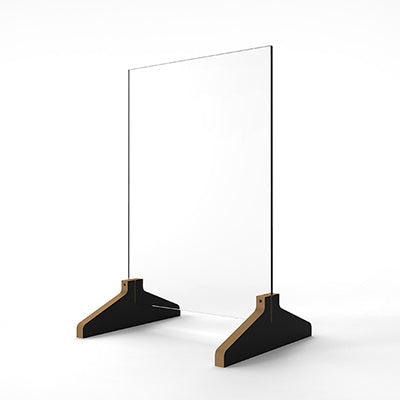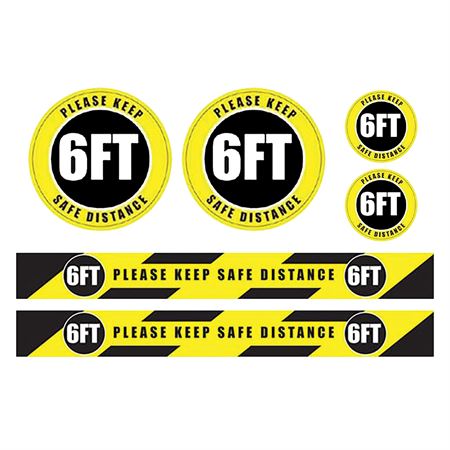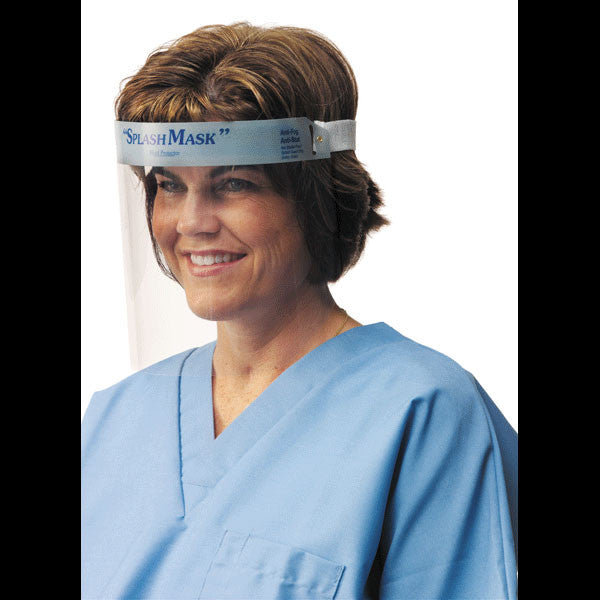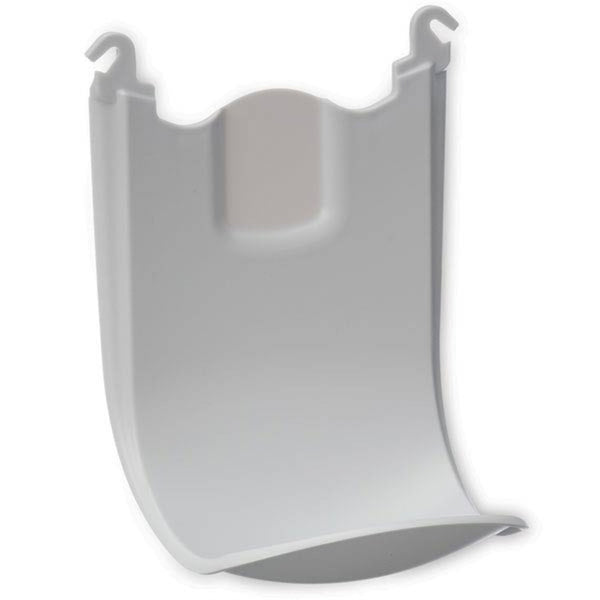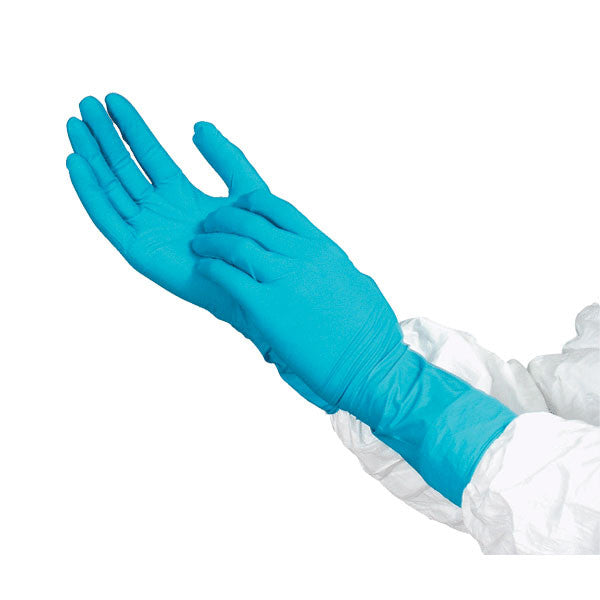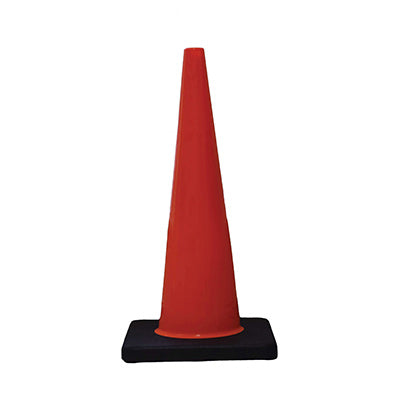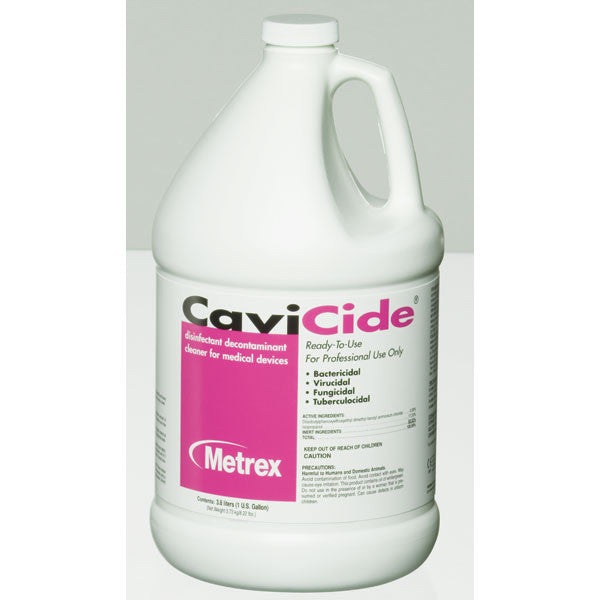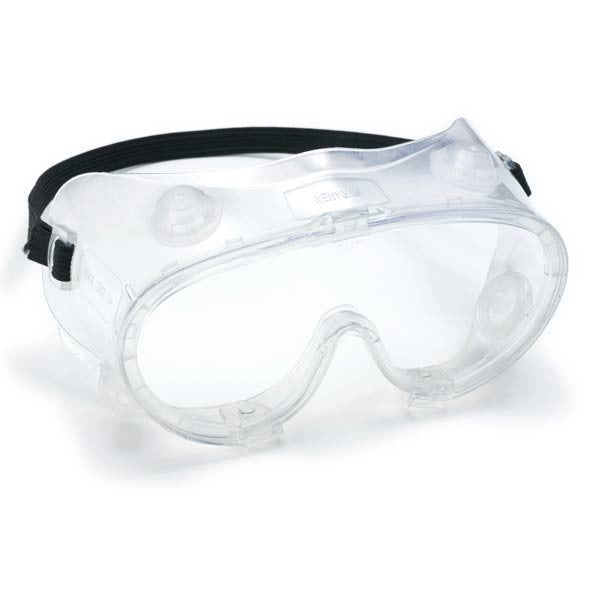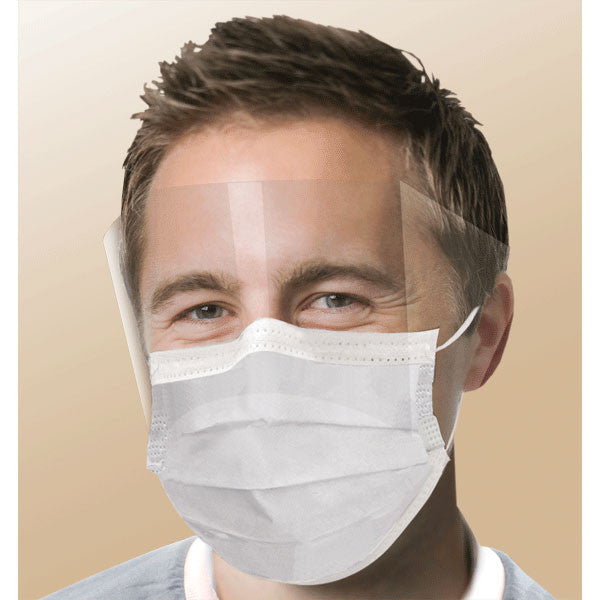Safety & Infection Control
Minimize the spread of infection and cross-contamination within your facility by implementing safety and infection control standards. Commit to the right defense measures against germs, such as E. coli, vancomycin-resistant enterococci (VRE), carbapenem-resistant Enterobacteriaceae (CRE), methicillin-resistant Staphylococcus aureus (MRSA) and COVID-19, by choosing safeguards that work. Keep the practice stocked well with face shields or masks, splash guards and hospital-grade disinfectants. Have infection control dispensers strategically placed to remind staff and patients of the need for prevention. Try carrying out health and safety programs with medical storage solutions that include built-in antimicrobial protection to avoid risks within and beyond your hospital practice or medical office.
Safety and infection control safeguards staff and patients
Protect healthcare facilities from infectious diseases by keeping the area clean and sanitized with hospital-grade disinfectants. Include personnel protection equipment (PPE) for clinics, hospitals and nursing homes to stop infectious viruses, illnesses and germs. Create accessible sanitation stations with face masks, exam gloves and antibacterial hand sanitizers to remind all of the importance of prevention. Offer medical staff face shields and gloves to prevent the risk of infection or cross-contamination during procedures. Place PPE dispensers around hospitals and doctor offices as functional storage units that supply protective gear like gowns, caps, shoe covers and masks.
Biohazard shields and splash guards prevent the spread of infection
Ensure staff and patient safety by implementing shields and guards when taking care of biohazardous materials. Use a splash guard or biohazard shield to keep bodily fluids from splattering unrestrained to avoid an extensive cleaning and sanitation process. Consider a portable sneeze guard for the reception areas to greet patients safely. Some guards and shields have suction cups to help hold them in place for stability. Wrap-design shields come in multiple shapes and designs to handle any challenge a doctor's office might face.
Provide face shields to reduce infection transmission
Support hospital staff and patients by ensuring they wear PPE gear, such as safety glasses, to protect their faces. Splash shields protect the face from body fluids without blocking the view of the patient. Consider supplying personnel with face shields that have a drape to protect splashes from hitting under the shield. Included are fasteners to keep the drape attached to the fabric to hug under the chin. They meet Occupational Safety and Health Administration's (OSHA's) regulations for bloodborne pathogens. Supply the staff with full-coverage disposable face shields that completely cover the face and allow a full field of vision. They come with adjustable straps to fit most users. Look at the extensive selection of infection and safety control products at CeilBlue™ to supply your staff and patients. Browse these and other safety supplies for ideas of what your hospital or doctor's office may need for full protection.


